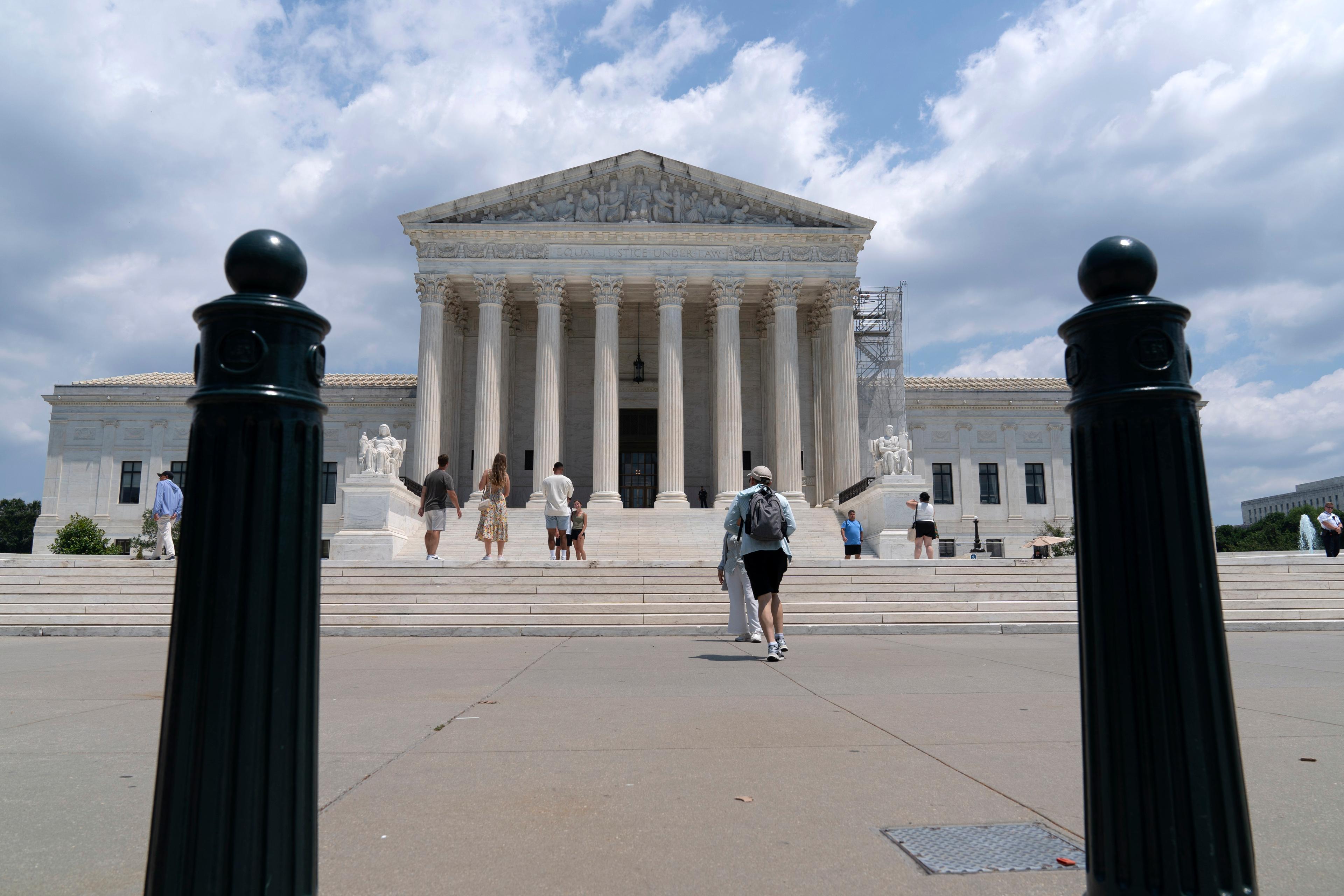Originally published on March 26, 2018 4:38 pm
The humpback chub, a fish native to the Colorado River and considered endangered since 1967, has turned a corner.
In a recent analysis, scientists at the U.S. Fish and Wildlife Service say the chub’s five distinct populations throughout the Colorado River watershed in Colorado, Utah, and Arizona are stable enough to reclassify the fish as threatened rather than endangered.
Humpback chubs all but disappeared as large dams began filling the Colorado River’s tight canyons, controlling flows and changing water temperature. The fish thrives in rapid, turbulent flows, which were tamed as dams went up throughout the watershed since the 1930s.
“Through time the dam-building era has covered up some of these canyon habitats that these humpback chub used to to be found in,” says Tom Chart, director of the Upper Colorado River Endangered Fish Recovery Program with the USFWS.
Humpback chubs take their name from a prominent hump above their head. The fish is olive-toned on top, with a cream-colored belly. It sports a long snout that hangs over its mouth, making it look grumpy. Their fins have evolved to withstand the Colorado River’s strong currents, allowing it to stay in place even in whitewater rapids. They can live between 30 and 40 years in the wild.
“These fish are part of our western heritage,” Chart says. “They are found nowhere else in the world.”
Chart says efforts to better manage dams, releasing water to mimic seasonal high and low flows, have provided more habitat. The agency also attempts to control and kill non-native fish like small mouth bass that feast on the humpback chub.
“What we’re trying to do is try to provide some semblance of a healthy river ecosystem out there and these fish are really critical, they are the canaries in the coal mine,” Chart says.
The largest population of humpback chub, found at the confluence of the Colorado and Little Colorado rivers in the Grand Canyon of Arizona, is a stable group of about 12,000 adults according to USFWS estimates. Another 3,500 are in the Colorado River’s Westwater Canyon in Utah, plus 500 in Black Rocks in Western Colorado, near the Utah border. Other populations are found in Utah’s Cataract Canyon and Desolation and Gray Canyons. A previously documented group in Colorado’s Dinosaur National Monument haven’t been seen there since 2004.
The fish is not completely out of the woods just yet, Chart cautions. A full recovery of the humpback chub in the Colorado River will require more population monitoring, continued flow management from dams and coordinated kills of nonnative fish.
Within the next year, the USFWS’s proposal to reclassify the fish as threatened will be formalized and opened for public comment.
Copyright 2018 KUNC. To see more, visit KUNC.








